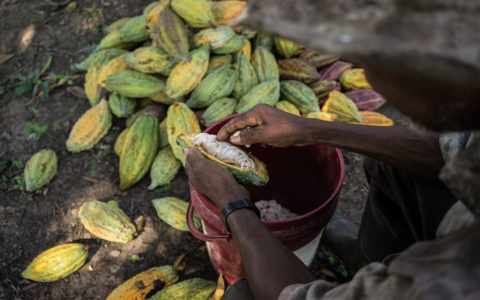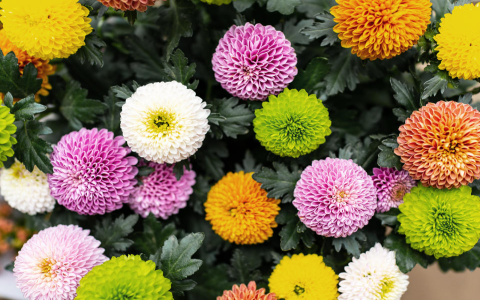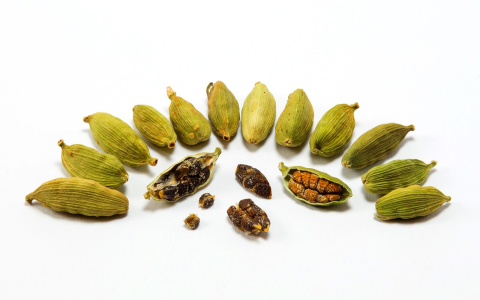Alright, so folks are always talkin’ about these old-school remedies, right? Some swear by ’em, say they’re miracles. Others, well, they wouldn’t go near ’em. For the longest time, I was pretty much in the ‘no thanks’ camp. Seemed like a lot of fuss over dried leaves and roots, if you ask me.
But then, my digestion decided to throw a party, and I wasn’t invited. You know the feeling – bloated, uncomfortable, just generally blah. I tried a few of those fancy pills from the drugstore, the ones with the shiny packages. Did they work? Not so much. Just made my wallet a bit lighter.
Then my Aunt Carol, who’s a walking encyclopedia of this stuff, brings up Chao Zhi Ke. Stir-fried Fructus Aurantii, or bitter orange, for us regular folks. She went on and on about how her grandma used it, and her grandma’s grandma. I was skeptical, really skeptical. Sounded like another old wives’ tale. But, you know, when you’re feeling crummy enough, you’ll try almost anything once.
So, What Was My “Practice” Like?
I decided, okay, I’m not just gonna chew on this thing. I’m gonna understand the whole process. Aunt Carol was my guide. First, we had to get the actual Zhi Ke. These things look like tiny, shriveled, hard oranges. Not exactly appetizing, I tell ya.
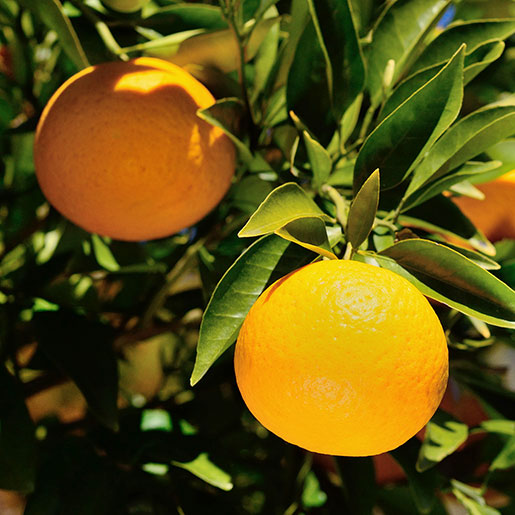
Then came the “Chao” part – the stir-frying. This, apparently, is super important. Aunt Carol was very stern about it. “You can’t just toss it in a hot pan,” she said. She had this old, seasoned wok. We dry-fried them. No oil. Just the Zhi Ke and the heat. We had to keep stirring them, constantly. The goal was to get them to a certain color, a bit darker, and for the smell to change. It started off a bit sharp, but as they cooked, it got more… mellow? Earthy, maybe. She said the frying process makes it gentler on the stomach and helps “guide” its action, whatever that means. I guess it’s supposed to make it work better for moving things along if you’re feeling stuck, or calming things down if they’re too rowdy.
I spent a good while just doing that – stirring and watching. It wasn’t quick. It took patience. And you had to be careful not to burn them. That was my first lesson: this isn’t instant-coffee kind of stuff. There’s a method to the madness.
Once they were fried just right, we let them cool. Then, to use them, Aunt Carol showed me how to break off a small piece and steep it in hot water, like a tea. Drank that concoction for about a week. Not the tastiest drink I’ve ever had, a bit bitter, a bit tangy, but bearable.
And The Big Results? My Observations…
So, did I suddenly feel like a superhero? Did rainbows shoot out of my ears? Nah. It wasn’t like that at all. But, slowly, over those few days, I did notice something. That bloated, uncomfortable feeling? It started to ease off. Things in my gut just felt… calmer. More settled. It wasn’t a dramatic, overnight fix. More like a gentle nudge. My digestion just seemed to get back on track, little by little.
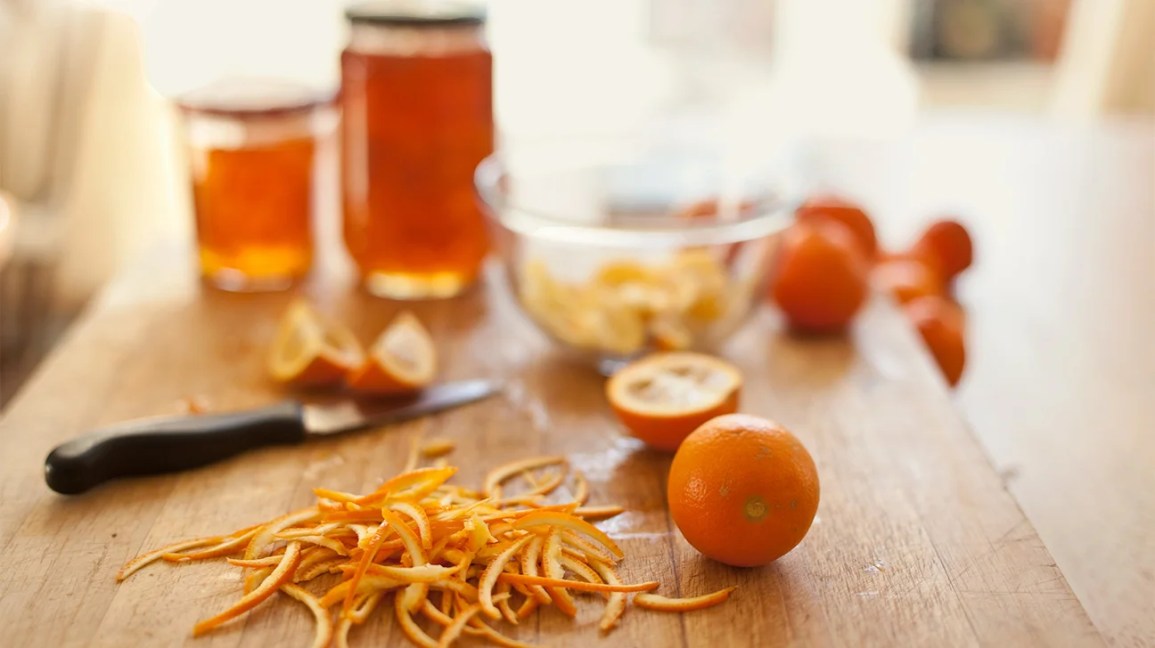
Here’s what I kinda figured out from my little experiment:
- The frying part seems crucial. It’s not just about the fruit itself, but how it’s prepared. That was a bit of an eye-opener. Modern medicine is often just “take this pill.” This was more involved.
- It’s not a quick fix. Don’t expect miracles in five minutes. It seemed to work more gently, over time.
- It’s not for everyone, maybe. The taste isn’t great, and the preparation takes effort. You gotta be willing to put in the work.
So, yeah, that was my journey with Chao Zhi Ke. I went in a skeptic, and came out… well, still not a total convert to everything ancient, but definitely more open-minded. Sometimes, these old ways have a bit of wisdom in them, even if it’s not flashy or instant. It definitely made me think twice before dismissing Aunt Carol’s advice next time. Maybe she knows a thing or two after all. It’s not magic, but for my grumbling stomach, it was a pretty decent bit of help, all from a funny-looking dried fruit and a hot wok.
